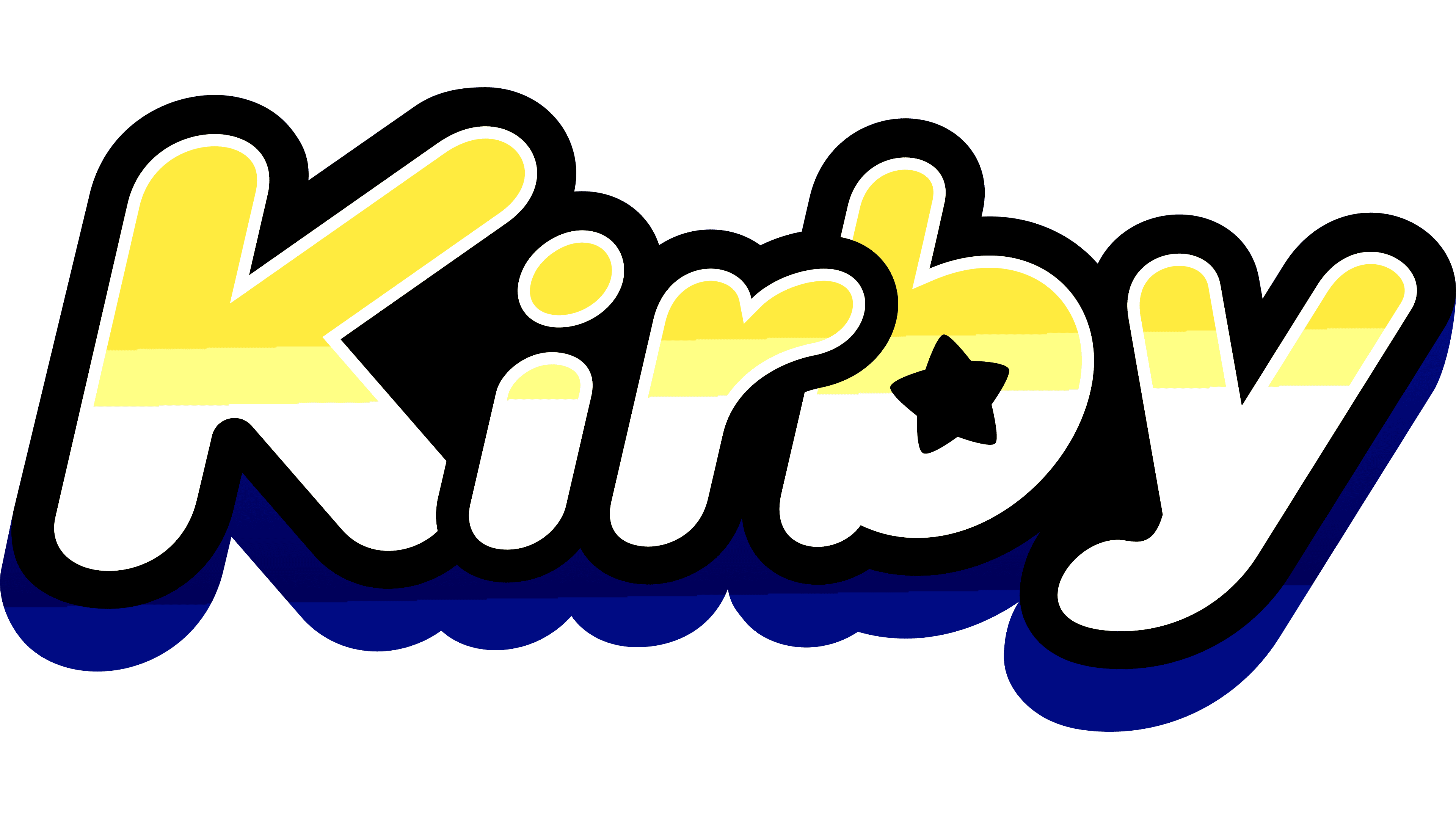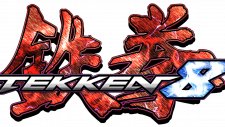Kirby Logo
Kirby, a beloved character in the realm of video games, was brought to life by Masahiro Sakurai for Nintendo. This creation took place in 1992, initially serving as a placeholder graphic during the game’s development. However, Kirby’s unique charm and simplicity quickly cemented him as the protagonist of the series, “Kirby’s Dream Land.” With his iconic ability to inhale enemies and absorb their powers, Kirby became a symbol of versatility and fun in gaming. His design, simple yet expressive, contributed to his widespread appeal, making him a cornerstone character for Nintendo. Kirby’s journey from a mere placeholder to a gaming icon is a testament to creativity and innovation in character design.
Meaning and history
Kirby, a character synonymous with innovation in gaming, first appeared in 1992 in “Kirby’s Dream Land” for the Game Boy. Created by Masahiro Sakurai and developed by HAL Laboratory, Kirby was initially a simple placeholder sprite named “Popopo.” However, his endearing design quickly led to him becoming the star.
Kirby’s first game in Dream Land showcased his iconic inhale ability. “Kirby’s Adventure” expanded his power-copying skills. This transformative power became a beloved series feature, diversifying gameplay. Kirby’s abilities also evolved to include transformations and co-op play, broadening his appeal. His adventures span various genres, underlining his status as a versatile hero.
Throughout the 90s, Kirby starred in various titles across multiple Nintendo platforms, venturing from traditional platformers to experimental genres. Games like “Kirby’s Pinball Land” and “Kirby’s Dream Course” highlighted his versatility, while “Kirby Super Star” offered multiple game modes, further enriching his universe.
The turn of the millennium saw Kirby’s evolution with “Kirby 64: The Crystal Shards,” introducing 3D graphics and power-combining mechanics. The series also expanded into other media, including a TV show, “Kirby: Right Back at Ya!” which broadened his appeal.
In the 2000s, Kirby continued to charm players with innovative titles like “Kirby: Canvas Curse,” which utilized the Nintendo DS’s touchscreen, and “Kirby’s Epic Yarn” for the Wii, praised for its unique art style. The character also became a fixture in the “Super Smash Bros.” series, demonstrating his crossover appeal.
Recent years have seen Kirby returning to his roots while embracing new technologies. “Kirby: Star Allies” for the Nintendo Switch offered cooperative play, while “Kirby and the Forgotten Land” introduced a fully 3D world, a significant leap for the series.
Kirby’s journey from a placeholder to a gaming icon is a story of creativity, adaptability, and enduring charm. His simple yet expressive design, combined with an evolving gameplay experience, has cemented Kirby as a beloved figure in video gaming history.
What is Kirby?
Kirby is a vibrant, pink, spherical character known for his ability to inhale objects and enemies, adopting their abilities. Originating in the world of video games, he’s a central figure in Nintendo’s universe, renowned for his adventures across various whimsical and fantastical landscapes. Kirby’s endearing design and unique powers have made him a beloved icon in gaming culture.
1992 – 2001
The logo is a study in playful, dynamic typography. Bold, cartoonish letters spell out “KIRBY” in a vibrant yellow hue with a soft gradient, edged with a thin blue outline that gives a sense of depth. Each letter is rounded, exuding a friendly and approachable vibe, reminiscent of the character’s own round and cheerful form. The letters slightly tilt, conveying a sense of motion and liveliness, as if caught in a joyful bounce or an upbeat dance. The overall effect is one of energy and fun, inviting onlookers into Kirby’s whimsical world.
2001 – 2022
This rendition of the Kirby logo takes on a more three-dimensional and tactile appearance. The letters are bathed in a glossy, candy-like pink, outlined in a deep maroon with highlights suggesting a light source above. A playful touch is the small yellow star t adding a spark of whimsy. The font itself is more stylized, with a flowing, cursive-like form that adds a sense of movement and a touch of elegance. Each letter is connected, symbolizing the seamless adventures that the character offers to players. The shading and the use of light and dark create a rubbery texture, giving the logo a tangible quality as if it could be plucked right from the screen.
2022 – Today
In this evolution of the Kirby logo, the color scheme pivots to a striking contrast of yellow and blue, the former glowing like midday sunshine against the latter’s midnight hue. The 3D effect is subtler, yet still present, giving the impression of depth without overt shine. The typeface returns to a more playful, almost inflatable style, suggesting a bouncy castle. The star, once a cheerful yellow, is now a solid black. The outline’s wave-like undulation in blue echoes the character’s frequent journeys across both sky and sea, embodying the spirit of exploration that Kirby is known for. The logo’s overall aesthetic is bold and energetic, with a font that seems to leap forward, ready for action.














